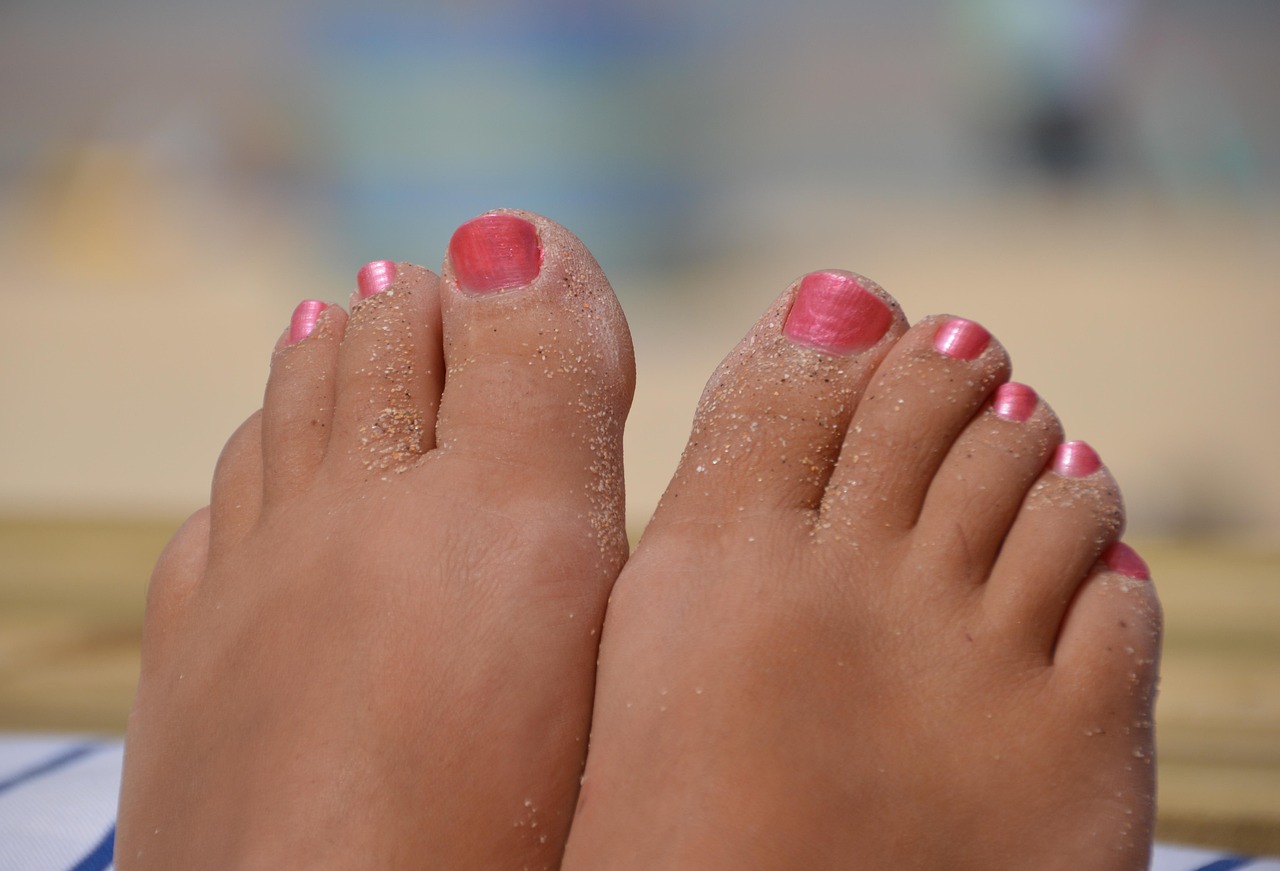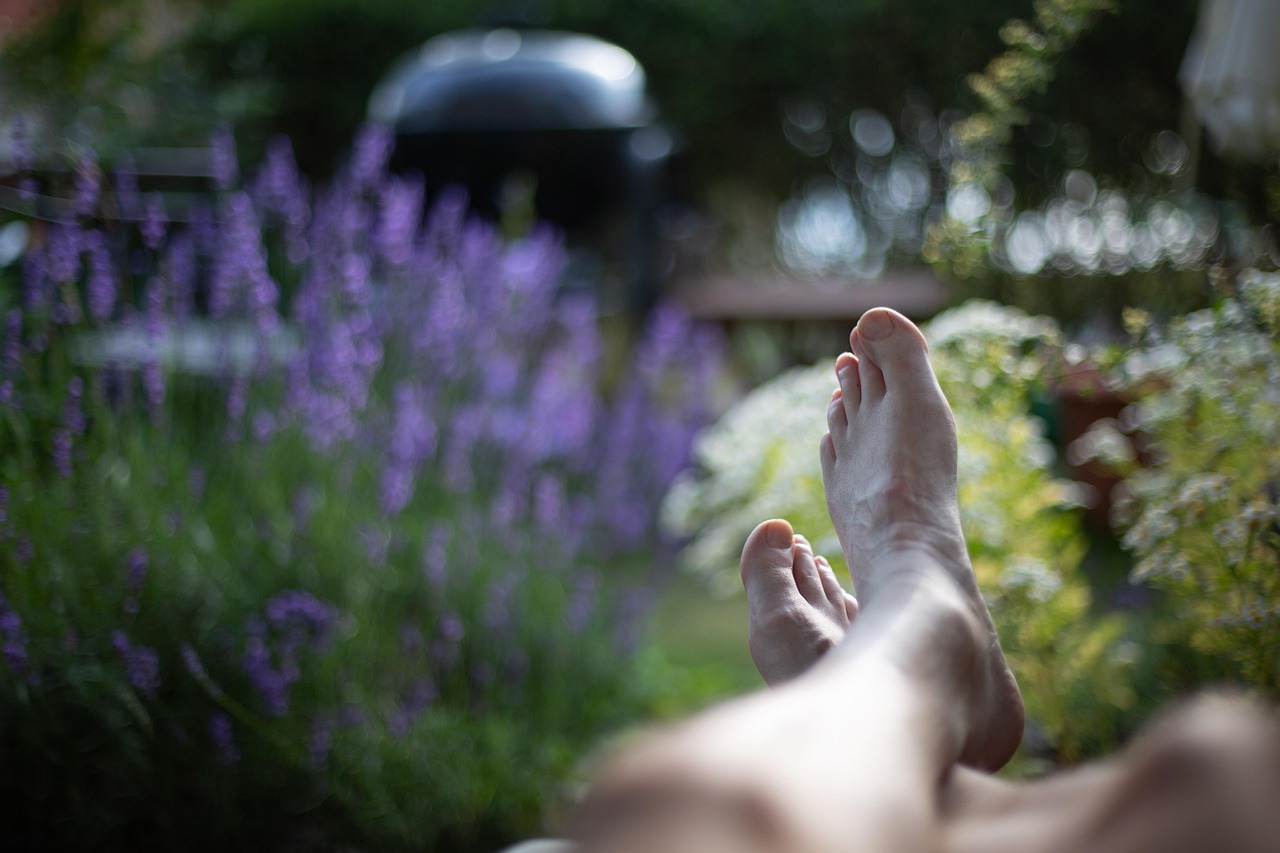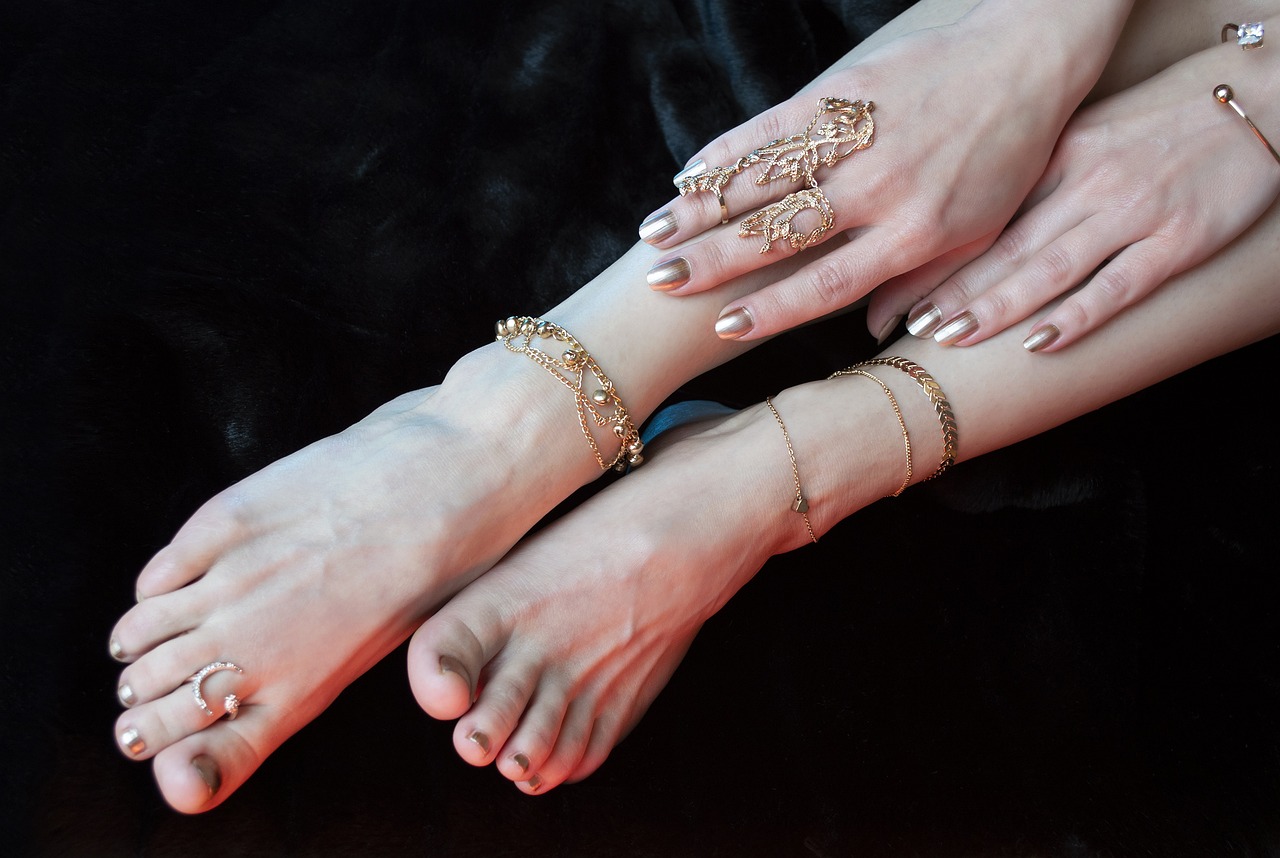Dry, cracked heels are more than just a cosmetic issue — they’re often the first sign that your feet are in distress. While it’s easy to brush off a little dryness or flaking skin, ignoring these early symptoms can lead to much more serious problems over time.
In this post, we’ll explore the hidden dangers of untreated heel cracks, why they should never be ignored, and how a simple daily routine with The Beauty Pure can prevent complications and restore comfort.
Table of Contents
ToggleWhy Do Heels Crack in the First Place?
Cracked heels, or “heel fissures,” are typically caused by a combination of dry skin, pressure, and neglect. The skin around your heels is naturally less hydrated, and if it becomes too dry, it loses elasticity. Add pressure from standing or walking, and the skin begins to split — often painfully.
Ignoring this can seem harmless at first. But once cracks deepen, they become a gateway for more serious problems.
What Happens When You Ignore Cracked Heels?
1. Pain and Discomfort
As heel fissures deepen, walking or even standing becomes painful. Each step stretches the cracked skin further, causing stinging or burning sensations — especially on hard floors or in unsupportive shoes.
2. Bleeding and Open Wounds
Untreated heel cracks can begin to bleed, creating open wounds that are highly vulnerable to infection. The deeper the fissure, the more damage to the underlying skin layers.
3. Infections
Cracks expose your skin to bacteria, fungi, and dirt, increasing the risk of foot infections. This is particularly dangerous for people with diabetes or poor circulation, as even minor wounds can escalate quickly.
4. Callus Formation
Dry skin often turns into thickened calluses around the heel. These not only look unsightly but increase pressure and make cracking worse over time.
5. Reduced Mobility
As pain increases, walking becomes uncomfortable. This can affect your posture and overall quality of life, especially if you’re on your feet all day.
⚠️ Don’t let cracked heels turn into a serious foot health issue. Act early with The Beauty Pure and protect your skin before it breaks.
How to Reverse the Damage and Prevent Future Cracks
The best time to treat heel cracks is before they get worse. Here’s a simple but effective routine:
✅ Step 1: Cleanse and Soak
Use warm water and a mild cleanser to soak your feet for 10–15 minutes. This softens tough skin and prepares it for treatment.
✅ Step 2: Gently Exfoliate
Use a pumice stone or foot file to remove dead, hardened skin. Avoid aggressive scrubbing, which can create micro-tears.
✅ Step 3: Apply a Repairing Cream
Use a rich, targeted cream like Lapitak Cream for Cracked Heels. This formula contains allantoin and vitamin E to:
- Soften thick skin
- Soothe irritation
- Promote healing
- Restore moisture barrier
✅ Step 4: Moisturize Daily
Even after your cracks heal, maintain hydration with Lapitak Foot Care Cream. This prevents future dryness and keeps your feet soft and healthy.
✅ Step 5: Protect and Repeat
Wear cotton socks to seal in moisture and avoid barefoot walking on hard floors. Repeat the process daily until your heels are fully restored.
Who Is at Higher Risk?
- People with diabetes or neuropathy
- Those who stand for long hours
- People who wear open-heeled shoes
- Individuals with eczema or psoriasis
- Anyone skipping regular foot care routines
If you fall into any of these categories, you’ll benefit even more from consistent heel care.
Final Thoughts: Don’t Wait Until It Hurts
Dry, cracked heels aren’t just a nuisance — they’re a red flag from your body. With a little daily care, you can prevent complications, protect your health, and enjoy soft, pain-free feet all year round.
👉 Start your foot care journey today with expert-approved products from The Beauty Pure. Healthy heels are just one routine away.





